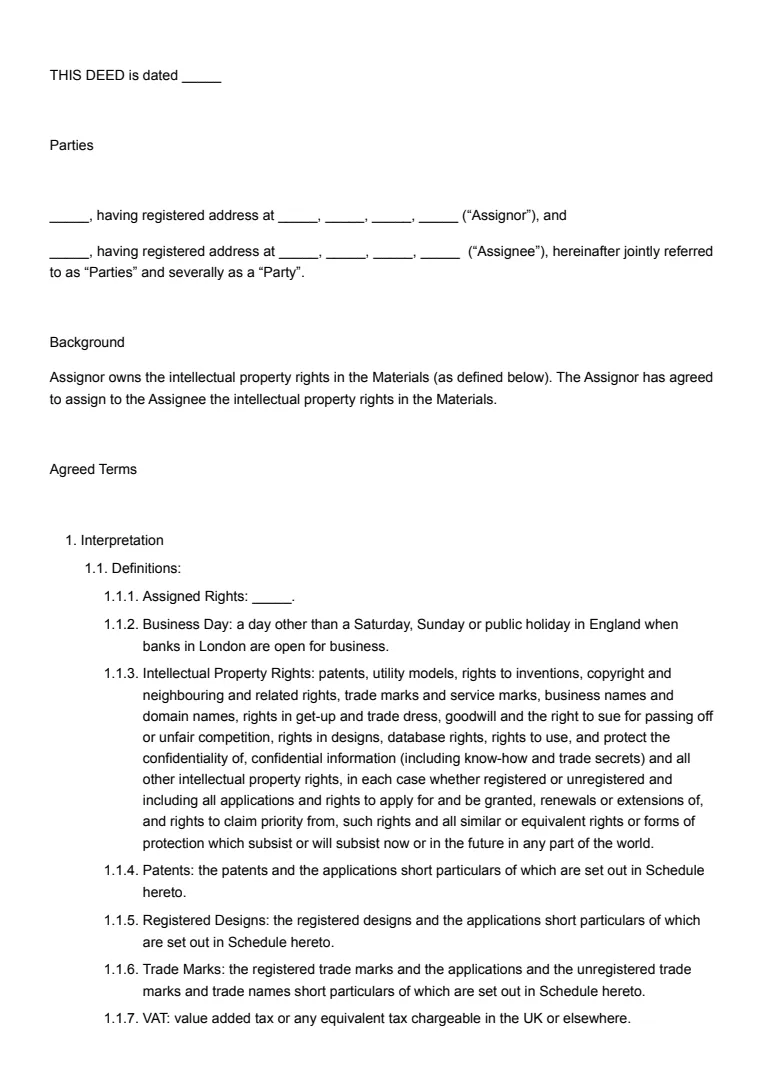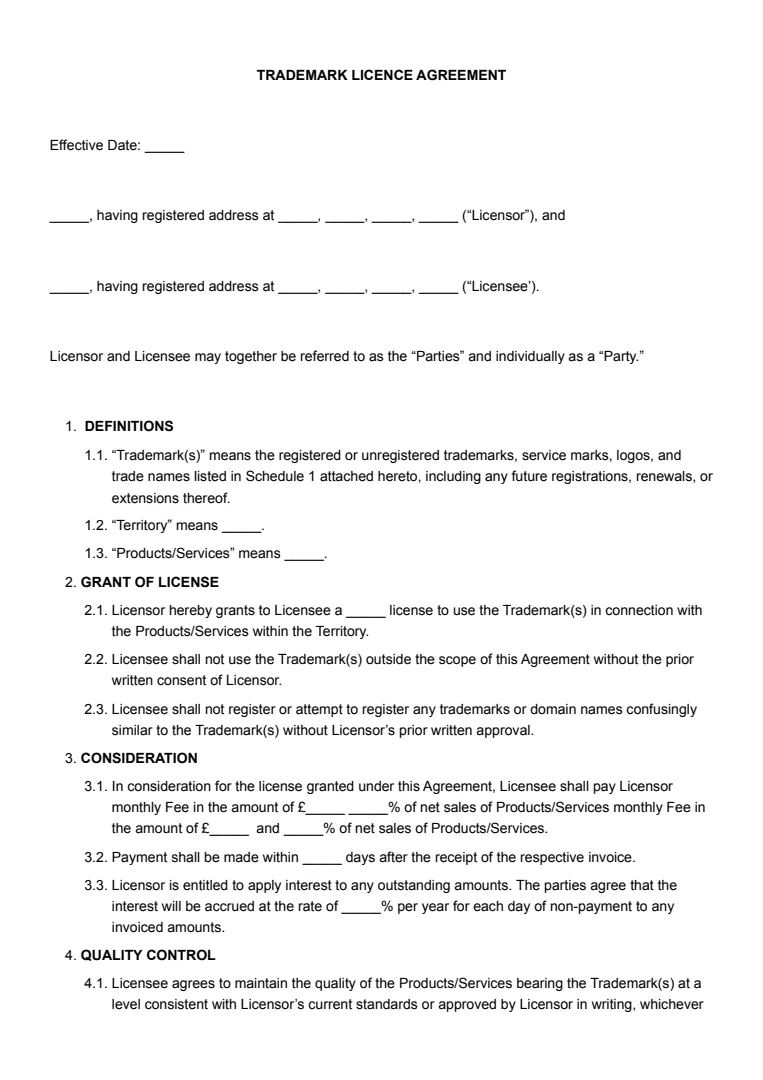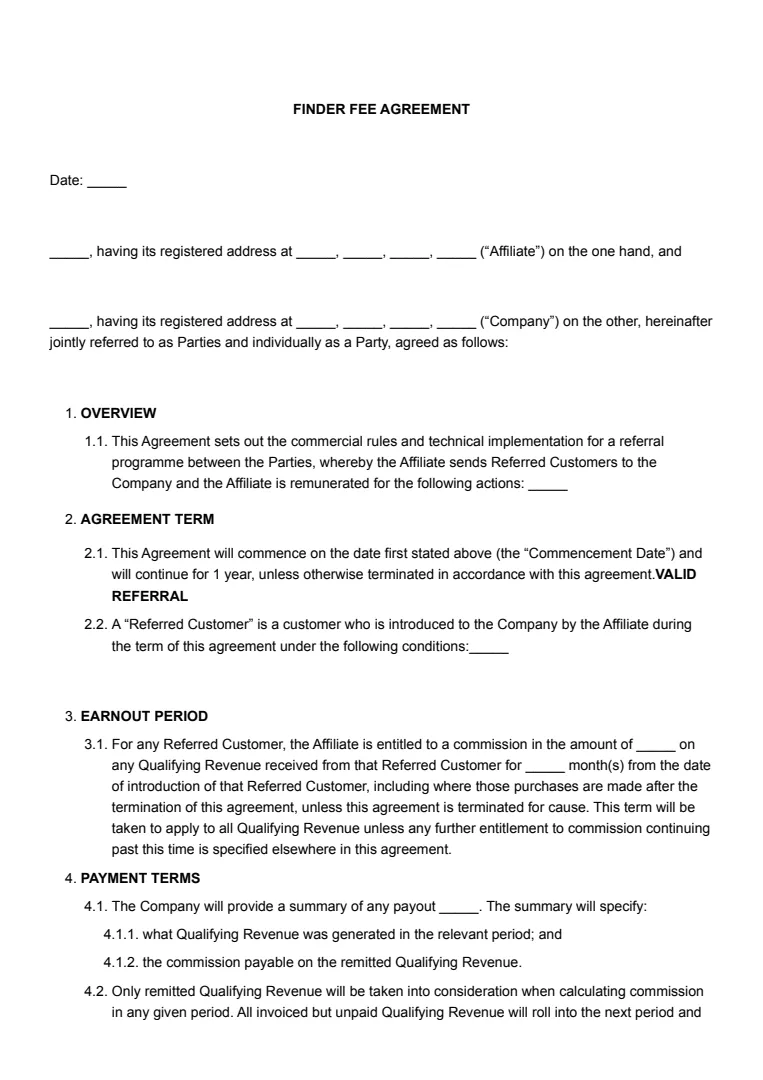What Is a Consultancy Agreement?
If you run a business and need expert advice or specialised skills, you might consider hiring a consultant. A consultancy agreement is basically a contract for services between you and a consultant.
This agreement helps define the relationship and sets rules for both parties, outlining what services the consultant will provide. Having everything in writing reduces misunderstandings and sets clear expectations.
It’s crucial for clarity and ensuring that both you and the consultant are on the same page. You’ll see details like project scope, timelines, and compensation.
Think of a consultancy agreement (or consulting contract) as a roadmap for your working relationship. The agreement might also include confidentiality clauses to protect sensitive information. This is especially important if you’re dealing with proprietary or business-critical data.
Consultancy agreements often cover intellectual property rights. For instance, if a consultant creates something for you, the agreement will dictate who owns the resulting work or intellectual property. This is a key aspect to consider when drafting the terms.
Overall, having a consulting agreement in place is about protecting your business interests while respecting the consultant’s effort. It's a win-win for effective collaboration.
When Is a Consultancy Agreement Needed?
You might find yourself needing a consultancy agreement when you're looking for professional expertise in specific areas. This often happens when a project requires specialised skills or knowledge that your in-house team lacks.
Bringing in a consultant is an effective way to bring in external wisdom without the long-term commitment of hiring a full-time employee, especially when deadlines are tight. Engaging a consultant can speed up processes as they bring focused, temporary support.
This is especially true in situations where rapidly changing markets require quick adjustments and agile responses.
A consultancy agreement becomes essential when you need to clearly define the scope of services offered. It outlines the deliverables, timelines, and payment structure, ensuring that both you and the consultant are on the same page.
This clarity helps avoid misunderstandings and aligns the consultant’s goals with yours.
For organisations that experience seasonal highs and lows, bringing consultants on board during peak times can balance workload without burdening permanent staff. This flexibility is invaluable for maintaining efficiency.
When you're a client dealing with regulatory or compliance-related issues, a consultancy agreement ensures you have the expertise necessary to navigate complex legal landscapes. Consultants can provide the insights needed to meet compliance requirements, saving you from potential pitfalls.
If your company is exploring new markets or launching new products, turning to a consultant can be advantageous. They offer objective insights and independent advice to guide you through unfamiliar territories, ensuring you make informed strategic decisions.
No matter what the reason for temporarily hiring a consultant is, you need to ensure that you create a clear and comprehensive consultancy agreement that covers both parties.
How to Write a Consultancy Agreement
Creating a consultancy agreement involves several clear steps. Whether you’re the employer or the consultant, here’s how you can draft one that covers essential elements. You can also use a consultancy agreement template for the UK or a consulting contract template to help guide you.
Step 1: Define Duties and Responsibilities
Start by detailing the services being offered, and be specific about the role in the project.
This includes outlining any deliverables and the timeline in which they’ll be provided. Such a clear definition helps manage expectations and responsibilities for both parties.
Step 2: Clarify Compensation and Payment Terms
Specify how much will be paid and the payment schedule. Include details like hourly rates or a lump sum.
Make sure to note how expenses will be handled. Will they be covered by the client? Such details prevent misunderstandings about financial matters.
Step 3: Identify Project Milestones
Set clear milestones throughout the project timeline. Milestones help track progress and can also act as points for receiving partial payments.
Having checkpoints reassures both parties that the project is progressing smoothly.
Step 4: Prepare for Potential Risks
Include any potential risks and how they’ll be mitigated. This can cover areas such as confidentiality, intellectual property rights, or what happens if the project is delayed.
Covering these bases can help avoid disputes later.
Step 5: Use Standard Documents and Checklists
Refer to existing templates and checklists to ensure nothing important is missed. These resources can provide a solid foundation, making your agreement more comprehensive and reliable.
Step 6: Draft Invoice and Materials Clauses
Determine how invoices will be generated and what materials might be necessary for the job. Make sure these clauses align with the compensation terms.
This helps maintain a smooth process when it comes time to billing for services.














